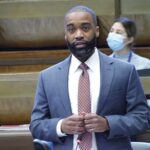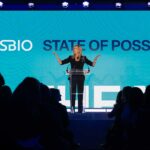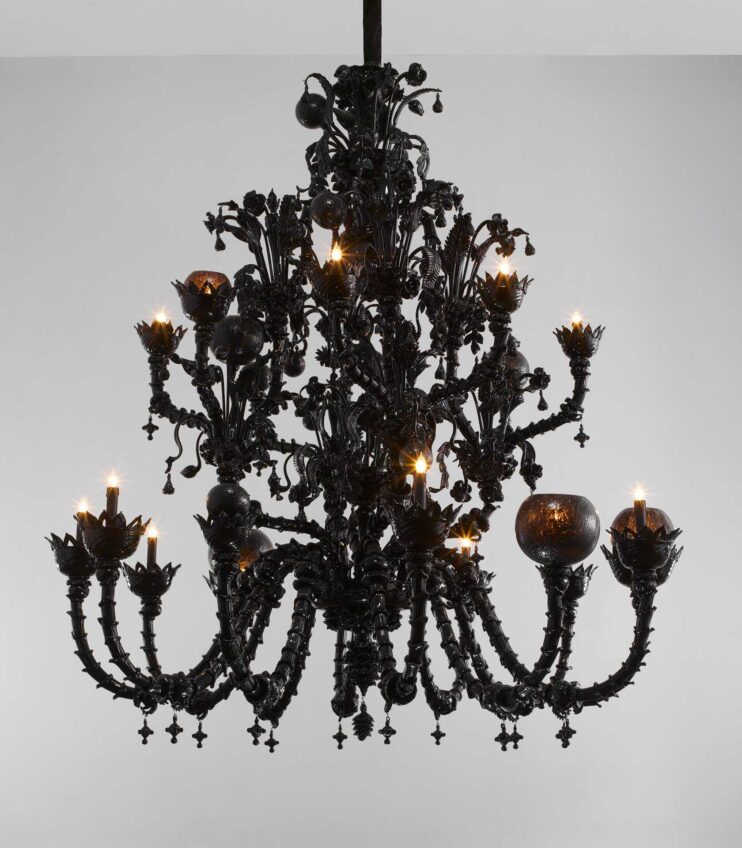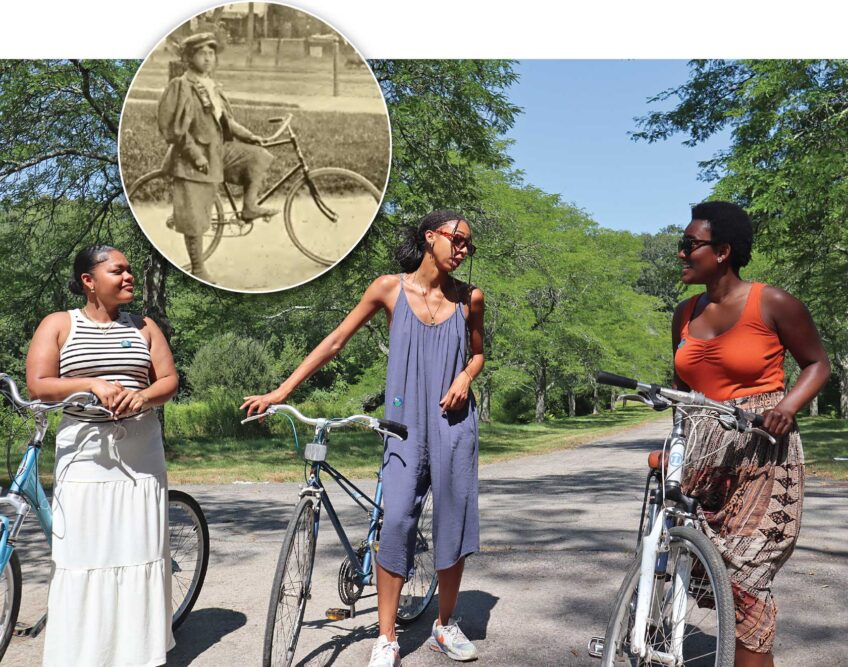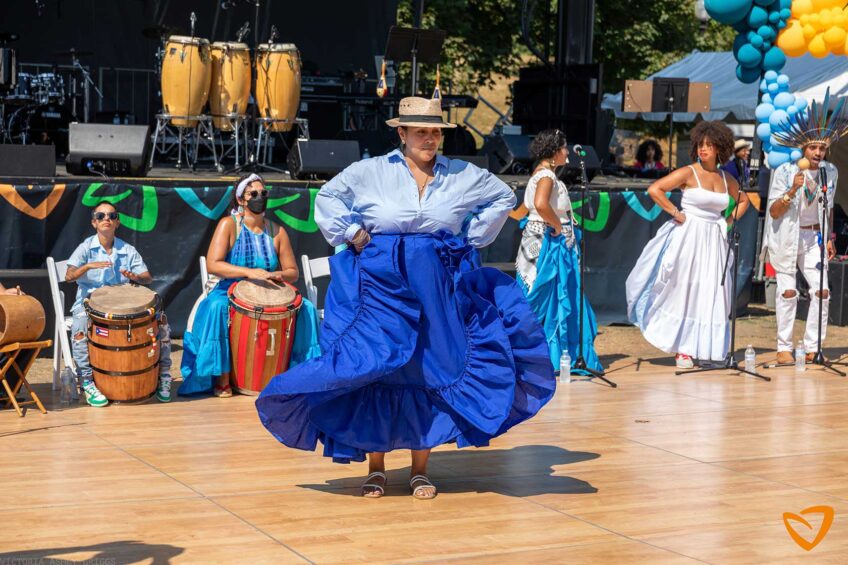Banner [Virtual] Art Gallery
James Perry in conversation with artist Rob Stull
![Banner [Virtual] Art Gallery](https://baystatebanner.com/wp-content/uploads/2023/12/1.-Golden-Athena-copyright-Rob-Stull-885x1024.jpg)
View Banner Art Gallery
This is the tenth in a weekly series presenting highlights of conversations between leading Black visual artists in New England. In this week’s podcast, James Perry interviews illustrator Rob Stull. The interview has been condensed and slightly edited.
An accomplished illustrator, designer and creator of comic books, Stull has worked for every major publisher in the comic book industry. He is the founder of Ink On Paper, a production studio specializing in illustration for comic books, magazines and print-based media, and a partner in True Elements Publishing LLC. His projects include Spider-Man Adventures, Iron Man, Wolverine and New Mutants for Marvel Comics.

“Wolverine # 150 cover art” by Rob Stull, copyright Marvel Entertainment Group. IMAGE: COURTESY OF ROB STULL
James Perry: Rob, can you tell us a little bit about yourself?
Rob Stull: I was born and raised in Boston and have been working professionally for three decades, primarily in the graphic design/illustration field. I did extensive work in mainstream comics for major publishers like Marvel and DC, and major lesser-known independent publishers like Dark Horse Comics and Chaos! Comics. I’ve also done a whole host of independent projects and creative properties.
How has the industry evolved over the years, and what changes have had the most impact on your work as an illustrator and creator?
From the point of view of our Black creators, the entrepreneurial spirit is stronger than ever in the younger generation. Certain things like technological advancements weren’t available to us when I was breaking into the industry. That enhances what we do.
There’s a traditional comic-book approach where there’s a penciler, an inker and a colorist. In comic books that are made for monthly consumption, those jobs are broken up and delegated to specific artists, and then there’s the case where somebody may do all that artwork himself. For these pieces in the background, for example, I did all the artwork myself.
Working on established properties that are beloved the world over, like Batman or Spider-Man, [is] a goal when you’re young. But then, you work in the field [a while] and get to the point of asking how much of your time are you really going to invest in somebody else’s property before you redirect that attention to yourself? It’s a balancing act.
Can you talk about how family, especially your relationship with your dad, shaped your path as an artist?
Family is everything. I got an incredible amount of support from my family, not just my father. My uncle, his brother, was a renowned ceramist. My uncle on my mother’s side of the family was a drawing instructor. He taught at RISD. Then, there was close proximity with people from the community [with whom] my parents had relationships: Paul Goodnight, for example, and Napoleon Jones-Henderson, Nelson Stevens, Renée Neblett and Barbara Ward. Both parents saw that spark, that curiosity, within me and introduced me to these amazing artists at a very early age.
Would you talk to us about that monumental exhibit a few years ago that you were involved in at the MFA with ProBlak and a bunch of other talented folks?
History was made. It was the first time the MFA offered residency to local artists, and the first time Jean-Michel Basquiat was exhibited at the MFA. It was smart on the part of the curators and MFA’s staff to put Basquiat’s name on top to get the attention. Everybody’s familiar with him. But the exhibit really shined a light on the people who were there at the beginning of that post-80’s movement, and on [Basquiat’s] contemporaries like Lady Pink, Futura, A-One and Keith Haring. I’m a child of hip-hop. [Its] culture is very important — one of the things that forms and shapes my character as an artist, something that’s infused in everything I do, from teaching to the art I produce. So, being given the opportunity to participate in that exhibit was mind-blowing.
What projects or aspirations do you have for the future?
It’s important that we don’t limit ourselves. If there’s something we want to explore, [we should] gather the proper information, figure it out and just do it. That’s where I am now. There are a few things I’m involved in. I’m apprehensive about sharing because they’re in the beginning stages, but I’ve always had a connection with music. I’ve got a lot of relationships with people in hip-hop. I’ve done work with record labels. All of that is part of my background, but I’m just doing it in a different way. That’s why I’ll refrain from providing specifics.
What we do is so interconnected. I had an exhibit that fused comic books and hip-hop culture. Many of the MCs in rap music have co-opted comic book characters, like DJ Green Lantern and DJ Clark Kent. So that marriage has always been there.
The other part is just staying true to who we are as creators and continuing to push the boundaries of what we do. We have to evolve. Being attached to the younger generation keeps us fresh and inspired. That’s how it is for me.
View Banner Art Gallery




